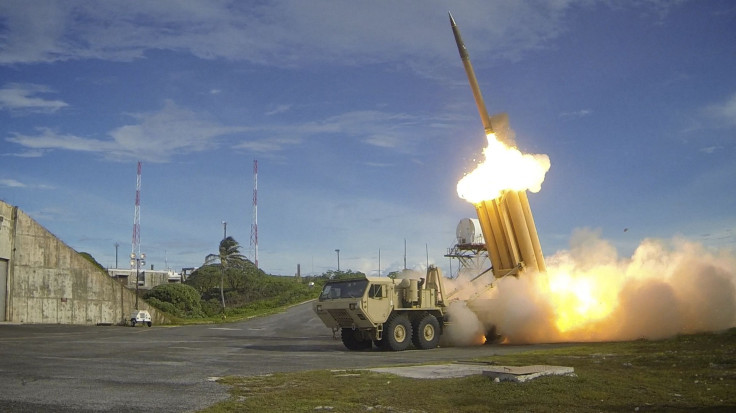US Army Mulling To Deploy THAAD Missile Systems In Europe, Middle East

The U.S. Army will have five operational Terminal High Altitude Area Defense missile systems by the end of the year with possible deployments in Europe and the Middle East, a senior American defense official said Tuesday. The United States is also in talks with South Korea for THAAD deployment in the Korean Peninsula amid nuclear threat from North Korea.
“There’s a requirement coming out of EUCOM [United States European Command headquartered in Stuttgart, Germany] and also out of CENTCOM [United States Central Command] and so what we are looking at right now is how do we ensure that we meet the regional missile defense requirements, but at the same time retain flexibility to respond to the unknown,” Lt. Gen. David Mann, the commanding general of the U.S. Army Space and Missile Defense Command, said, according to Defense News.
The Army is expected to provide THAAD deployment options to the U.S. Department of Defense “while also making sure that we retain flexibility from a global response force standpoint,” Mann reportedly said. He noted that THAAD deployment needs some preparation because of which its installation takes longer than its lower-tier missile defense equivalent, the Patriot air-and-missile defense system.
Meanwhile, Washington and Seoul are “entering into discussion [over THAAD deployment in the Korean Peninsula] to really look at the feasibility, no decision has been made on deploying the system,” Mann said. He added that THAAD “would obviously be a huge increase in capability, really proving more of a layered missile defense there on the peninsula. ... It’s very, very important that we clarify that that radar, that system, is not looking at China. That system is oriented, if the decision is made to deploy it, that system would be oriented on North Korea.”
China has consistently opposed THAAD saying the system could be used to monitor its missile launches as far inland as Xian in the northwest. Seoul, being the main trade partner of the world’s second-largest economy, has previously denied to formally discussing the installation of THAAD.
© Copyright IBTimes 2024. All rights reserved.





















